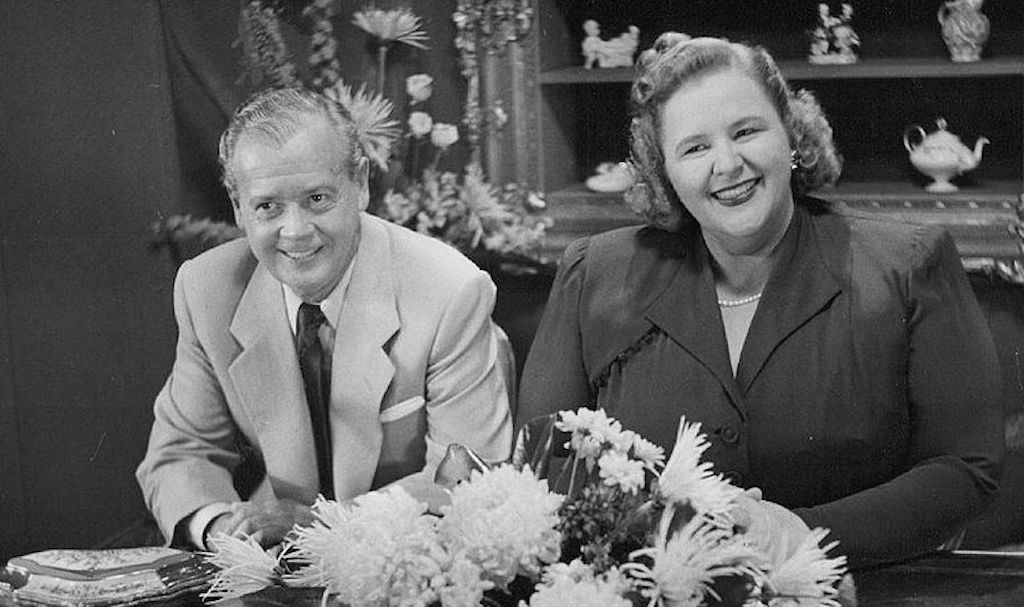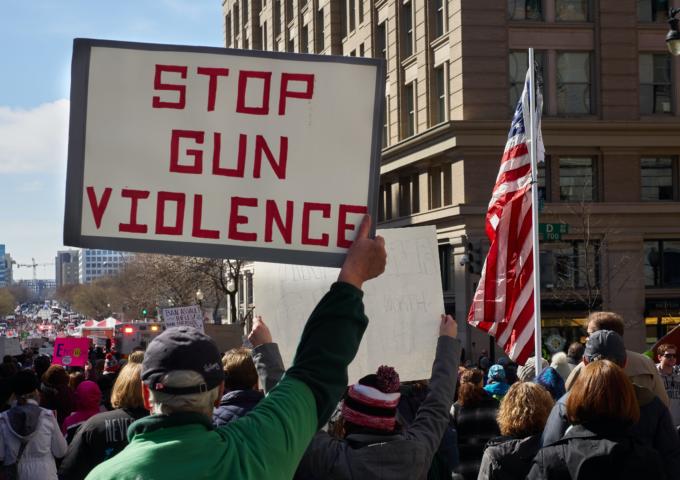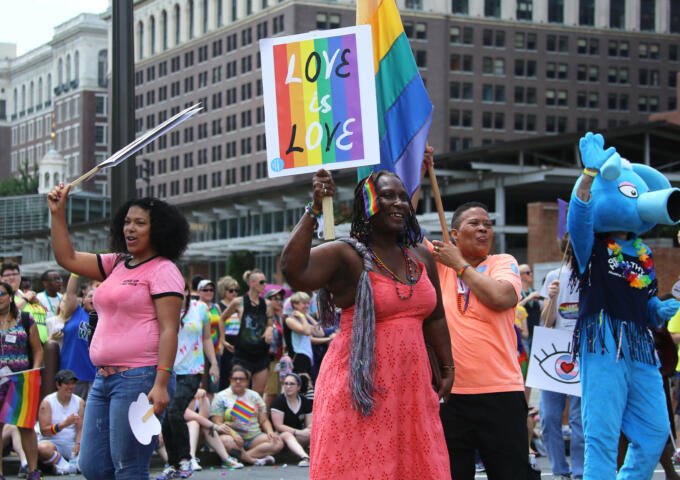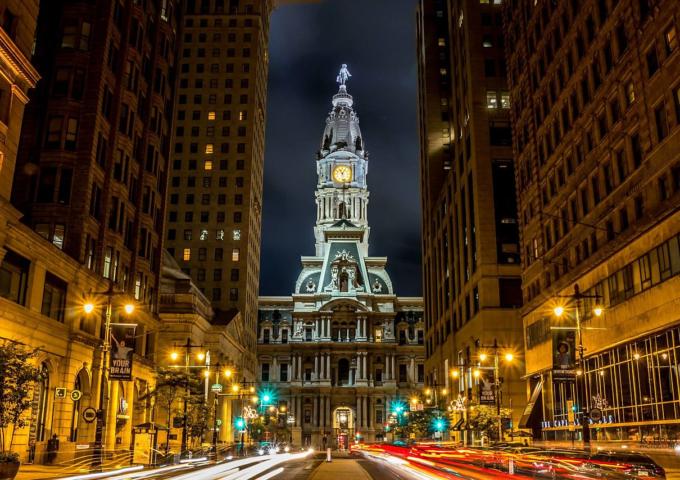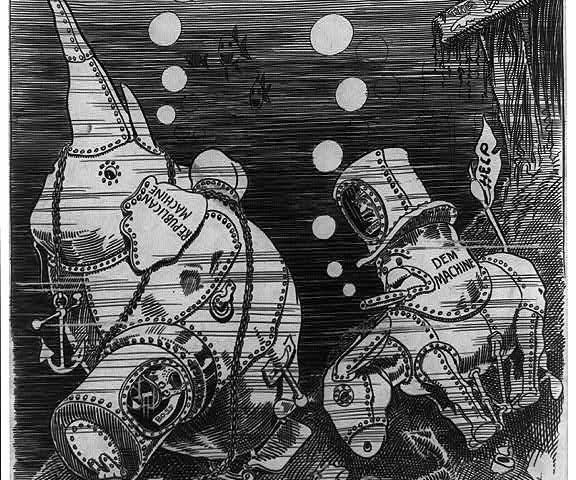Honestly? This Kate Smith news is confusing.
I see both sides to a very raw argument but what I really see here is the opportunity to thrust race and racial divide back into the spotlight. For those of you unaware of what I’m referring to, it’s been discovered that Kate Smith, the legendary singer responsible for our nation’s unofficial anthem, “God Bless America,” also enjoyed moonlighting as a crooner of racist lyrics.
The line from a song entitled, “That’s Why Darkies Were Born,” goes a little something like this:
“Someone had to pick the cotton, someone had to plant the corn. Someone had to slave and be able to sing, that’s why Darkies were born.”
Yeah. Wow.
In the aftermath of this information, many sports teams that revere Smith and God Bless America wrestled with the idea of what to do. Notable to us Philadelphians are the Flyers, who took swift action removing the song from the in-game playlist and Smith’s statue from outside the Wells Fargo Center. The team also issued a statement on its values and how Smith’s racist music didn’t fit into it. This has caused an insane amount of mixed reactions – and yet another unveiling of just how strong the undercurrent of racists who swim throughout this city.
Don’t believe me? Read the comments on any Philly-based article on the Kate Smith controversy. You’ll be sick by the end.
Now here’s the thing. It should be noted she sang the song alongside notable Civil Rights activist, lawyer and musician Paul Robeson, which makes this even more of a head-scratcher. But it also shed a spotlight on one point here: we clearly live in different times and in an uber-politically correct society in which race and racism are always going to be the red hot topic.
In this situation, there are two sides or factions, even. You have the masses that think Smith’s racially charged songs are indefensible. Then you have the other side who believe that this was a clear sign of the times, a time when blackface was acceptable, a time when it was clear to both that advancement of any kind unless you were an entertainer of some sort, just wasn’t the usual thing to do. I think we forget just how much inventors like George Washington Carver and chemists like Lloyd Hall were a rarity, not a norm.
Sadly, it was the popular thing to do, no more than referring to Blacks as “negroes,” or “colored people,” words that if you called a Black person today would assuredly get you slapped up – and in our day and age, rightfully so.
Weirdly enough, I find myself applauding and questioning the Flyers for taking a stand. Applause for the unpopular position it chose as a private entity. With hockey being a pro-White sport and Flyers games a pro-White crowd, to say fuck the loss of potential revenue to disagree with Smith’s actions took some strong decision-making. I don’t believe that the team is going to see an influx of black people interested in going to games because the Flyers took Smith’s statue down, because at the end of the day – it’s hockey.
But what I question is was this perhaps a rush to judgment? A situation like the Frank Rizzo statue in which what it symbolized matters less than where it stands? I don’t know a lot of people going around pissed off that Rizzo’s statue is still outside Thomas Paine Plaza enough that it ruins their entire day.
We are clearly living in different times. Times where a rush to judgment, because we’re afraid to offend, happens more often than not. History, for better or for worse, isn’t taken into context before decisions are made and I don’t know if that’s always a good thing.
In the case of Kate Smith, I still don’t.
Symbols and idols should make us remember a time and place that we never want to go to. The instant removal of these artifacts because of uproar makes it hard for us to teach the future what they represent. I believe this, in turn, robs them of the choice to decide how to feel. Just think of the lessons learned if a parent could look at the Kate Smith statue before walking into a game and tell their kid what that statue represents?
Think about the lessons parents can tell their kids about what Rizzo meant?
My uncle was the one who informed me that Rizzo advocated violence against marginalized pockets of Philadelphia, that he gave carte blanche on however the police felt like treating black and brown people in this city.
But that knowledge didn’t make me disavow the entire Philadelphia Police force.
Unfortunately, neither Robeson or Smith is alive to explain themselves, but I’d like to think that they have a solid explanation as to why they felt songs depicting blacks as watermelon-eating, cotton pickers made sense to perform. At least that knowledge would offer insight before I rushed to a conclusion that could serve as detrimental.
Tell me your thoughts on the Kate Smith saga. Shoot me an email at kgabriel@philadelphiaweekly.com.
Unless of course, this, like any flavor of the week has already moved on from your psyche.
TWITTER: @SPRTSWTR
